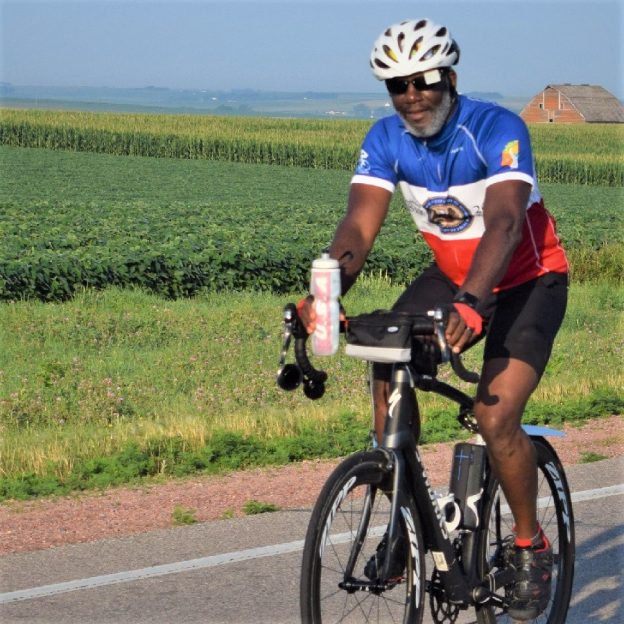Category: News
-

Many Bike/Hike/Paddle adventures await you in the Mesabi Trail Towns
In Minnesota’s north mining region, the towns along the Mesabi Trail host several of the state’s historical gems. They are a fun family destination to explore by bike, foot, or with a paddle. In this pristine area of the state, you will find over 28 small mining communities along this well-known paved trail system. With…
-
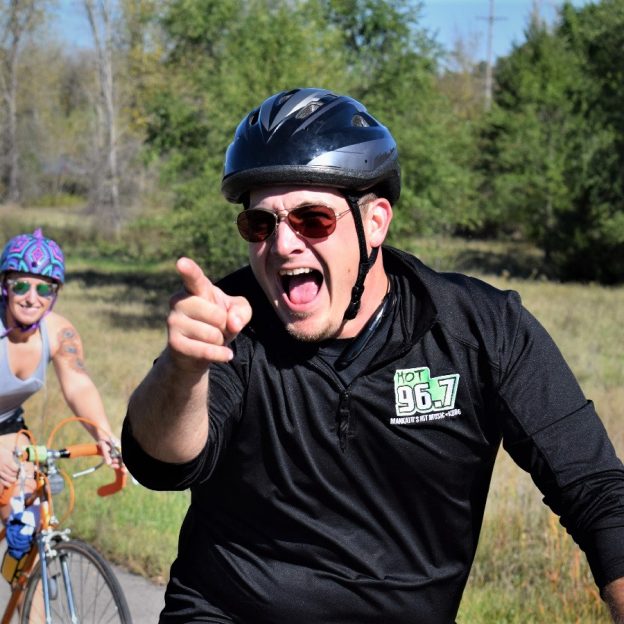
Best Dam Pie Ride returns as the new fall bike festival in Mankato
Ride into fall with the new Kato Bike Fall Fest, Sept. 27-28. A weekend of fun for riders of all ages and skill levels, when Minnesota’s fall colors are at their peak.
-
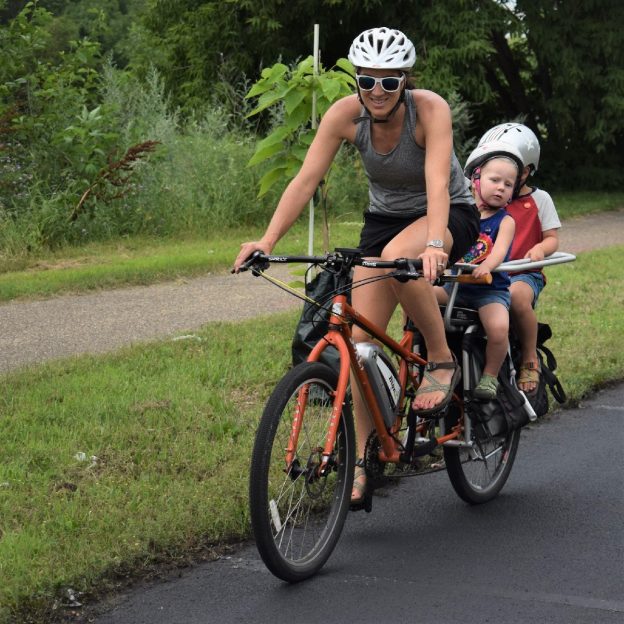
What’s the latest on the MN Electric-Assisted Bicycle Rebate?
With a few changes from the 2024 program, the Electric-Assisted Bicycle Rebate (e-Bike Rebate) is back this year. The updated rebate will continue to help Minnesota residents with lower incomes or disabilities with the cost of purchasing a new e-bike at eligible retailers.
-

End your summer riding season with the Saint Paul Bike Classic
Celebrate the 31st annual Saint Paul Classic Bike Tour on Sunday, September 7, 2025, as the summer bike season comes to a close. It’s a music festival on wheels with tasty treats, and waterfront views in the East Twin Cities Metro Area. Riders will celebrate riding through historic neighborhoods along the 12.5-mile “Lollipop Loop,” or…
-

A bike adds to the fun at the Gus Macker Basketball Tournament
The Gus Macker Basketball Tournament returns to the Twin Cities on August 17-18. Historically held in downtown St. Paul, this 3-on-3 family-focused tournament is now in Brooklyn Park, MN, the perfect place to bring your bike. While visiting, you will find five major paved trail systems that intersect. Plus, there are many bike-friendly streets to…
-
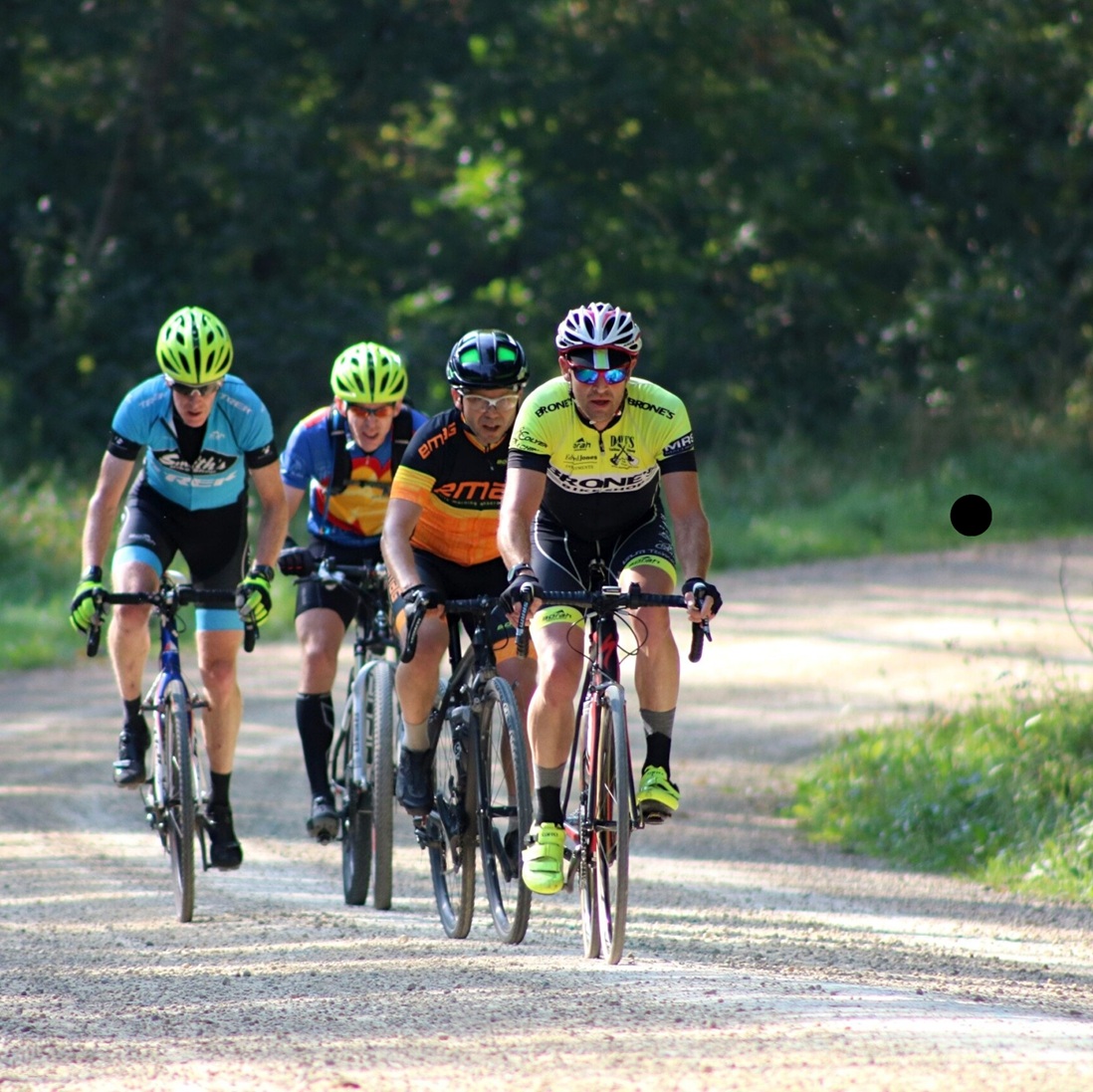
USA Gravel Bike Championship coinsides with Applefest in Minneasota
As gravel road biking gains momentum around the country, the USA Cycling Gravel National Championships will be coming to La Crescent, MN., on September 20, 2025. Presented by Vittoria Tires, riders will navigate a course through stunning SE Minnesota bluff country. Where challenging climbs push their limits and technical descents test their skills. When the race is…
-
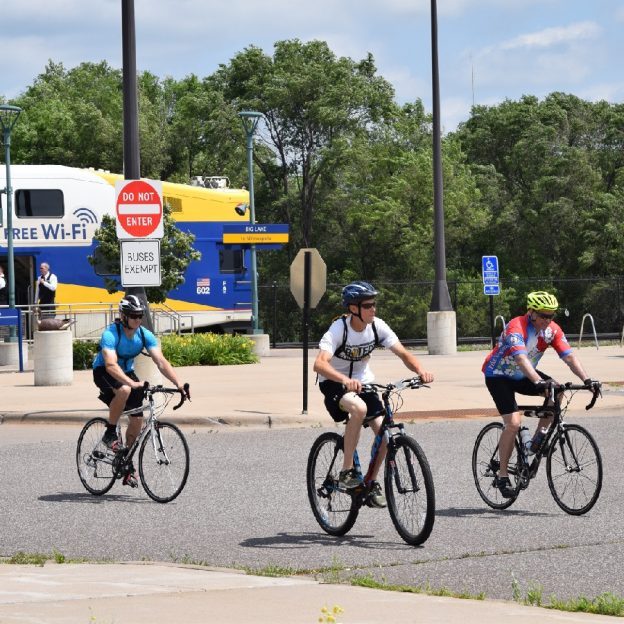
Bike to the Minnesota State Fair, its less hassle!
It is time to start planning your visit to this year’s Minnesota State Fair and using your bicycle is a comfortable way to get there. If you plan on attending this year’s Great Minnesota Get-together, bicycle parking is still free. Ride your bike from home or do a multi-modal commute to the fair. Consider loading…
-
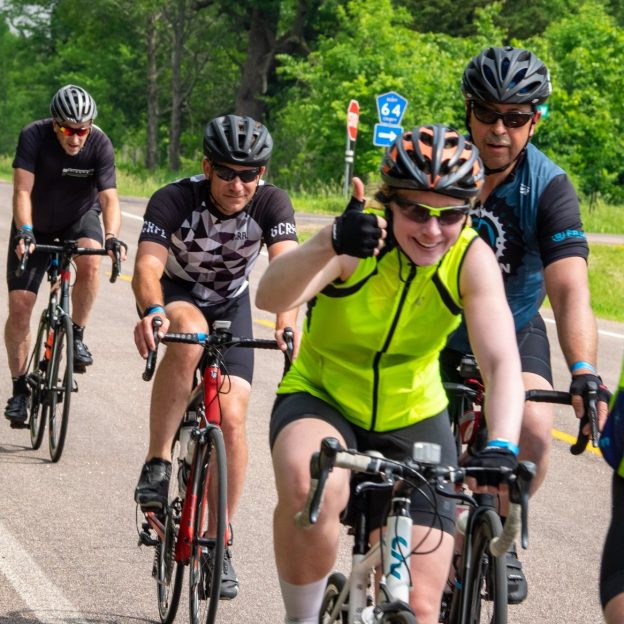
Join BAM as they tour the Brainerd Lakes Area
BAM (Bicycle Around Minnesota) is headed to the Brainerd Lakes Area. This year’s tour, scheduled for August 21-24, invites you to tour the Brainerd and Aitkin areas. With overnight stops in Pequot Lakes, Pine River, Emily, and Aitkin.. Since 2006, this four-day bike tour has discovered many parts of Minnesota.
-
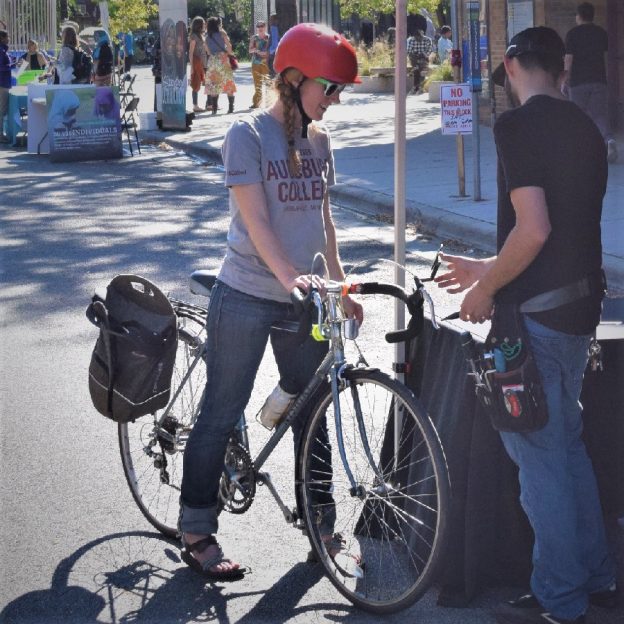
Building the ultimate commuter bike with what’s in your garage
I have used a commuter bike almost exclusively for the past twenty years. In that time, I have seen many people put off commuting by bicycle because they felt they didn’t have the right bike. While the right gear is essential, many don’t realize that the right equipment is closer than they think. Please take…

